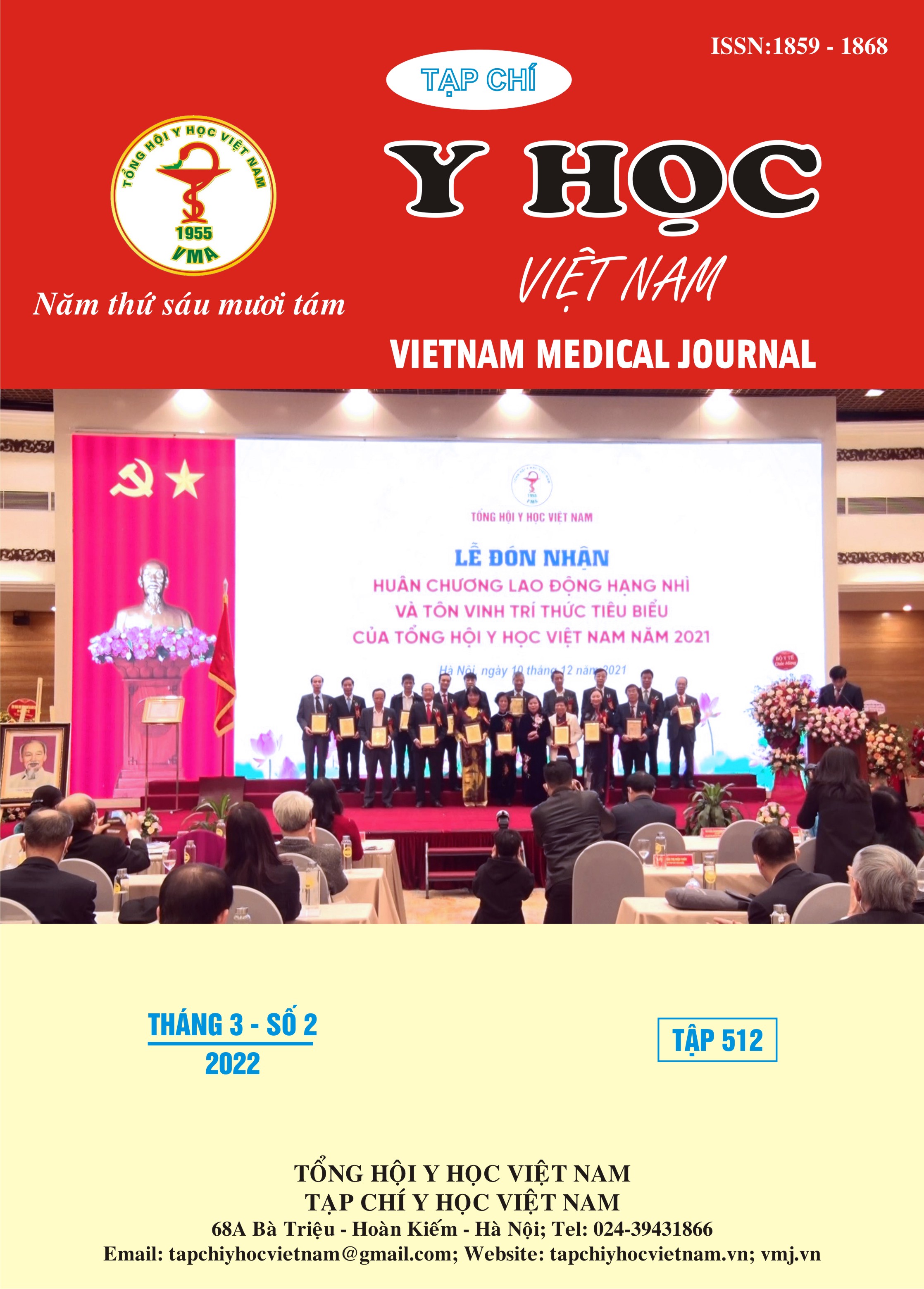DIAGNOSIS AND MANAGEMENT OF OMENTAL TORSION: TWO-CASE REPORT AT HANOI MEDICAL UNIVERSITY HOSPITAL
Main Article Content
Abstract
Introduction: Omental torsion is a rare cause of an acute abdomen. Symptoms are nonspecific and easily mistaken with other more common intra-abdominal pathologies (e.g. acute appendicitis and cholecystitis). The widespread and increasing use of computed tomography (CT) has played an important role for making a specific diagnosis. However, the intraoperative diagnosis rate of omental torsion is still quite high. Objectives: This work aims to describe two patients with diagnosis of omental torsion in terms of clinical and paraclinical symptoms, management strategies and review of the literature confirming the diagnosis as well as the treatment attitude of this rare disease. Case report: We present two patients who were diagnosed and urgently operated for torsion of primary omentum at the Department of General Surgery- Hanoi Medical University Hospital, the patients underwent laparoscopic surgery to remove necrotic omentum. The postoperative course was favorable, the patients recovered and were discharged from the hospital. Conclusion: Omental infarction generally presents with nonspecific clinical signs often masquerading as other more common abdominal diagnosis. Laparoscopically omentectomy is a safe method in diagnosis and management of this condition.
Article Details
Keywords
Omental torsion, diagnosis, surgery
References
2. Costi R, Cecchini S, Randone B, Violi V, Roncoroni L, Sarli L. Laparoscopic Diagnosis and Treatment of Primary Torsion of the Greater Omentum. Surg Laparosc Endosc Percutan Tech. 2008;18(1):102-105. doi:10.1097/SLE.0b013e3181576902
3. Occhionorelli S, Zese M, Cappellari L, Stano R, Vasquez G. Acute Abdomen due to Primary Omental Torsion and Infarction. Case Rep Surg. 2014;2014:208382. doi:10.1155/2014/208382
4. Nubi A, McBride W, Stringel G. Primary omental infarct: conservative vs operative management in the era of ultrasound, computerized tomography, and laparoscopy. J Pediatr Surg. 2009;44(5):953-956. doi:10.1016/j.jpedsurg.2009.01.032
5. Ghosh Y AR. Omental Torsion. J Clin Diagn Res. Published online 2014. doi:10.7860/JCDR/2014/9024.4479
6. Theriot JA, Sayat J, Franco S, Buchino JJ. Childhood obesity: a risk factor for omental torsion. Pediatrics. 2003;112(6 Pt 1):e460. doi:10.1542/peds.112.6.e460
7. Abadir JS, Cohen AJ, Wilson SE. Accurate diagnosis of infarction of omentum and appendices epiploicae by computed tomography. Am Surg. 2004;70(10):854-857.
8. El Sheikh H, Abdulaziz N. Primary torsion of the greater omentum: Color Doppler sonography and CT correlated with surgery and pathology findings. Egypt J Radiol Nucl Med. 2014;45(1):19-24. doi:10.1016/j.ejrnm.2013.10.006


